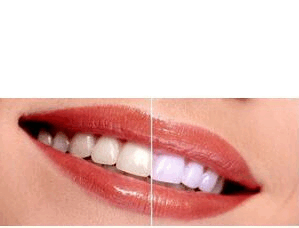EFFICACY OF DRACAENA CINNABARI AS TOOTH WHITENING NATURAL PRODUCT: A SPECTROPHOTOMETRIC ANALYSIS
Keywords:
Dracaena cinnabari, resin, tooth, whiteningAbstract
Objective: The aim of this study was to determine the efficacy of a homemade tooth-whitening recipe using Dracaena cinnabari (DC) resin, which is traditionally used for tooth decay treatment and cleaning in Soqatra. The study investigated the antioxidant activity of the resin extracts in methanol as tooth-whitening natural product.
Materials and Methods: A total of 40 bovine teeth with initial color B2 were selected and divided into four groups. One group was kept as a negative control, while the other three were stained with Yemeni coffee solution for one week. The first group was treated with 10% carbamide peroxide (CP) home bleaching, the second group was treated with 10% DC gel with rubbing movement (DC Ru), and the third group was treated with 10% DC gel without rubbing (DC) for 6 hours daily for 14 days. Color measurements were taken at different time points using a spectrophotometer device.
Results: All experimental gels resulted in greater color change compared to the negative control, with DC Ru showing the greatest ΔE* value (p<.001) compared to the DC group (p<.006) and the CP group (p<.001). The second reading of stabilization of all gels resulted with resembled ΔE* values to the first reading of stabilization.
Conclusion: The study suggests that the experimental gels containing phenolic content with strong antioxidant effects may reserve significant clinical potential as active agents for tooth-whitening without using HP/CP. Further studies are needed to measure the effect on surface roughness and color stability.

Peer Review History:
Received: 4 April 2023; Revised: 11 May; Accepted: 23 June 2023; Available online: 15 July 2023
Academic Editor: Prof. Dr. Gorkem Dulger , Duzce University, Turkey, gorkemdulger@yandex.com
, Duzce University, Turkey, gorkemdulger@yandex.com
Reviewers:
 Dr. Sangeetha Arullappan, Universiti Tunku Abdul Rahman, Malaysia, sangeetha@utar.edu.my
Dr. Sangeetha Arullappan, Universiti Tunku Abdul Rahman, Malaysia, sangeetha@utar.edu.my
 Prof. Ali Gamal Ahmed Al-kaf, Sana'a university, Yemen, alialkaf21@gmail.com
Prof. Ali Gamal Ahmed Al-kaf, Sana'a university, Yemen, alialkaf21@gmail.com
Downloads

Published
How to Cite
Issue
Section

This work is licensed under a Creative Commons Attribution-NonCommercial 4.0 International License.









 .
.